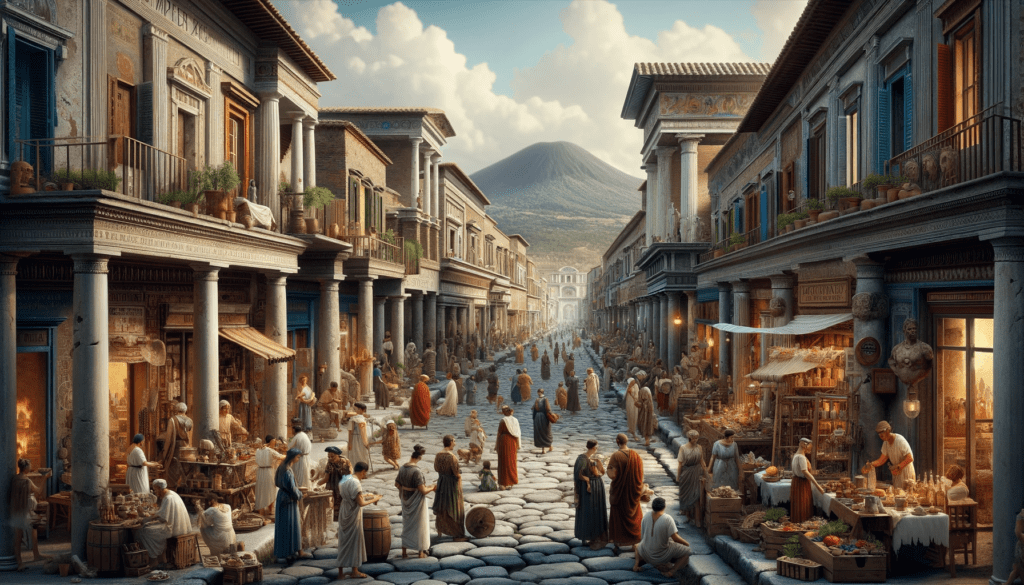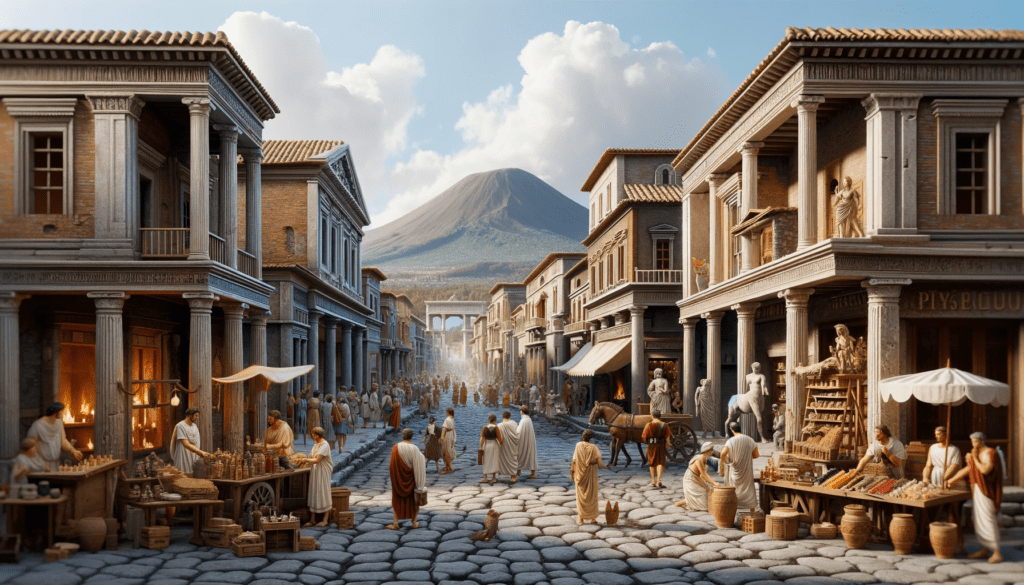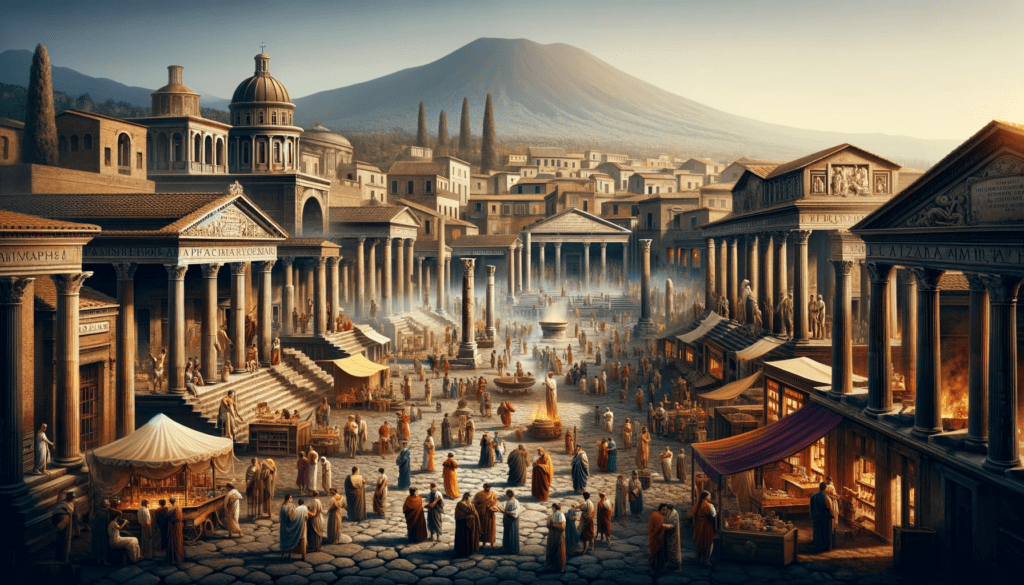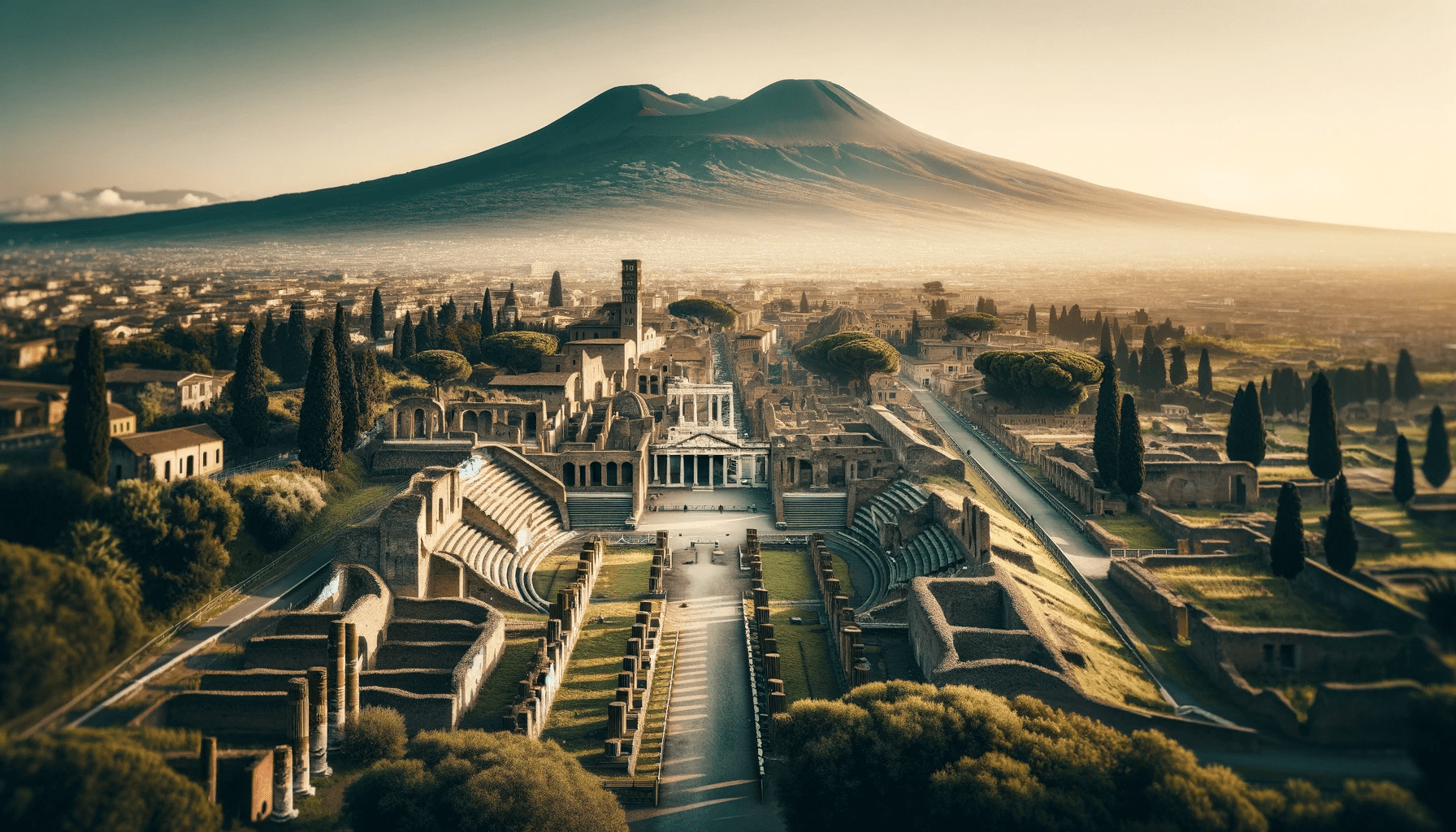Deep in the shadow of Mount Vesuvius, Pompeii, Italy, reveals a fascinating story of life, tragedy and time halted by volcanic ash. This article explores the rise, fall and enduring legacy of this unique city, which offers a window into life in ancient Rome.
The Rise of Pompeii
Once a prosperous city within the Roman Empire, Pompeii was known for its vibrant culture, architectural splendor and advanced urban planning. Close to present-day Naples, it attracted vacationers with its luxurious villas while also being a crucial trade hub. The city enjoyed such amenities as theaters, bathhouses and an ingenious aqueduct system, witnesses to Roman engineering prowess.
The Burst: A Turning Point
Contrary to earlier beliefs that placed the catastrophic eruption of Vesuvius on Aug. 24, 79 A.D., recent studies and archaeological finds point to a later date, possibly in October or November. This day marked the end of Pompeii, when a massive volcanic explosion buried the city under a blanket of ash and rubble, suddenly halting life and preserving the city in a tragic state of preservation.
Time Stands Still
Ironically, the layer of ash that covered Pompeii helped provide unparalleled insight into daily Roman life. Buildings, objects and even imprints of human bodies have been preserved, giving us a direct glimpse of a bygone era. This archaeological time capsule reveals the fine details of Roman architecture, art and daily customs.
The Discovery: A Window into the Past
Beginning in the 18th century, the excavations of Pompeii not only resurrected the city from its ashes, but also transformed archaeological methods. Modern technologies, such as digital imaging and DNA analysis, have brought new insights into the lives of its inhabitants, while conservation techniques have also improved for preserving organic material and frescoes.
The Legacy of Pompeii
Today, Pompeii is a symbol of the transience of life and the unpredictable power of nature. It attracts millions of visitors a year, who come to reflect on the ancient world. At the same time, it is a crucial center for research, where scholars conduct in-depth studies of Roman civilization.
Challenges of Conservation and Tourism
Pompeii’s popularity has led to conservation challenges, particularly due to exposure to weather and the impact of mass tourism. Efforts by the Italian government and international organizations are focused on protecting this fragile site for the future, with sustainability and crowd management at the center.
Conclusion: A Timeless Lesson
Pompeii serves as a powerful reminder of both the creativity and fragility of human civilization. It offers us valuable insights into our past and inspires us to think about our future. Through her story, Pompeii remains an essential source of knowledge, awe and inspiration, deeply rooted in the heart of Italy.
The ongoing study and exploration of Pompeii enriches our understanding of the ancient world, while the city itself remains a testament to the human capacity to build, live and remember.





Leave a Reply